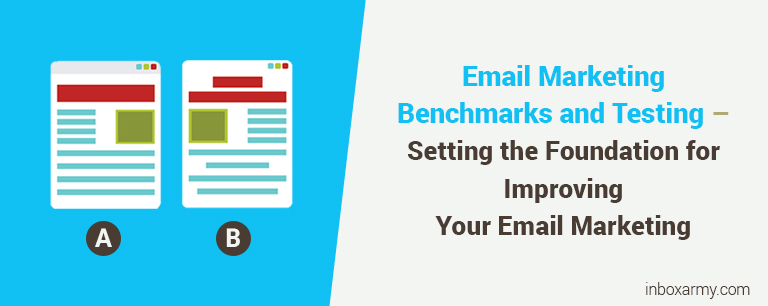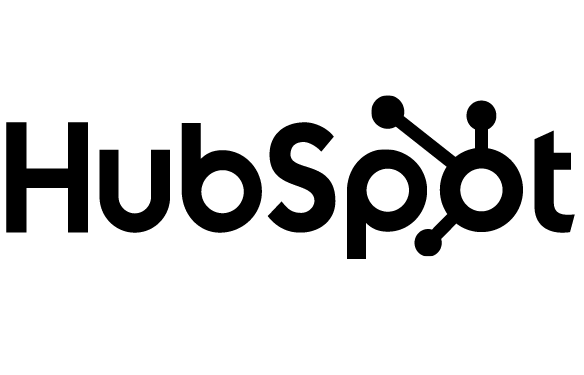One of the not-really-secret benefits of email marketing is the ability to test just about any component or data point you desire. With so many possibilities at our fingerprints, the majority of email marketers (okay, companies sending email) don’t test. And those who do test tend to have better-performing email marketing programs (we hope).
Testing is an essential component of an effective email marketing program. But you can’t test effectively without first establishing benchmarks.
Benchmarks = Your First Control Group
Email marketing is part art, part science. In scientific experiments, there is always a “control group,” a portion of the testing audience where no change occurs. This is to test the effectiveness of the new process, medicine, product, what have you, against what would happen if nothing changed.
Establishing your initial benchmarks is like creating your control group for testing. As a starting point, for email marketing you would establish benchmarks for:
- Open rates
- Clickthrough rates
- Click-to-open rates
- Conversion rates
- Revenue
- Spam complaint rates
- Bounce rates
- Unsubscribe rates
Here’s an example:
You send a newsletter twice a month to your entire mailing list—no segmentation. The template is the same. The type of content you include is the same. You’ve “always been doing it this way.”
Take an audit of your send data from the last 12 months. Your first benchmarks would essentially be seen as averages. For this example, you determine that your:
- Average Open Rate = 12.6%
- Average Clickthrough Rate = 4.6%
- Average Click-to-Open Rate = 38%
- Average Conversion Rate = 3.5%
- Average Complaint Rate = 0.2%
- Average Bounce Rate = 1.9%
- Average Unsubscribe Rate = 0.3%
These are your benchmarks. Now, when it comes time to think about testing, these are the metrics you’re measuring against.
What to Test?
The short answer? Whatever you want. The longer short answer: Start small and go with a test you think will move the needle.
A/B testing is a great way to go. The “A” portion of the test will your normal send and the “B” portion will receive the test version—with a piece that’s changed. Start testing with a single element at a time. Variables you can test include:
- Subject lines
- From Name
- Headlines
- Calls to action—copy, color, and size
- Offer copy
- Use of images
- Font styles
- Design layouts
Two general rules I have are:
- To increase open rates, test subject lines and From Names.
- To clickthrough rates, test CTAs, headlines, and offer copy
The Importance of Statistical Significance
It’s almost as hard to type as it is for me to say, but test enough of your audience to ensure statistical significance. If you have a mailing list of 500,000 subscribers, and you’re only testing with 500 subscribers, that test group isn’t nearly big enough for your insights to be backed by data.
Also, test your ideas more than once, particularly if you mail frequently. There are so many variables that go into why subscribers engage with emails that, to bring in sports metaphors, hitting a home run once is possible, but potentially not sustainable. If you hit a double, and your new technique constantly “hits doubles,” then you’re onto something. Avoid falling for the shiny objects—the flukes.
More Quick Tips:
- Consider testing entirely different emails. If you’re running out of ideas, test two different types of content.
- Decide on one metric you want to test against for each test. For example, if you’re testing subject lines, you’ll want to test for open rates. If you’re testing offer copy, you may measure against clickthroughs or even as far as conversions.
One final note: Don’t be afraid to fail. Some tests will fail. People don’t like change. The changes you choose could hurt performance—and this fact is one of the reasons why many email marketers don’t test.
—-
If you’re looking for testing ideas or need some expert help in executing your testing strategies, let’s talk! Contact us for your free consultation now.












































